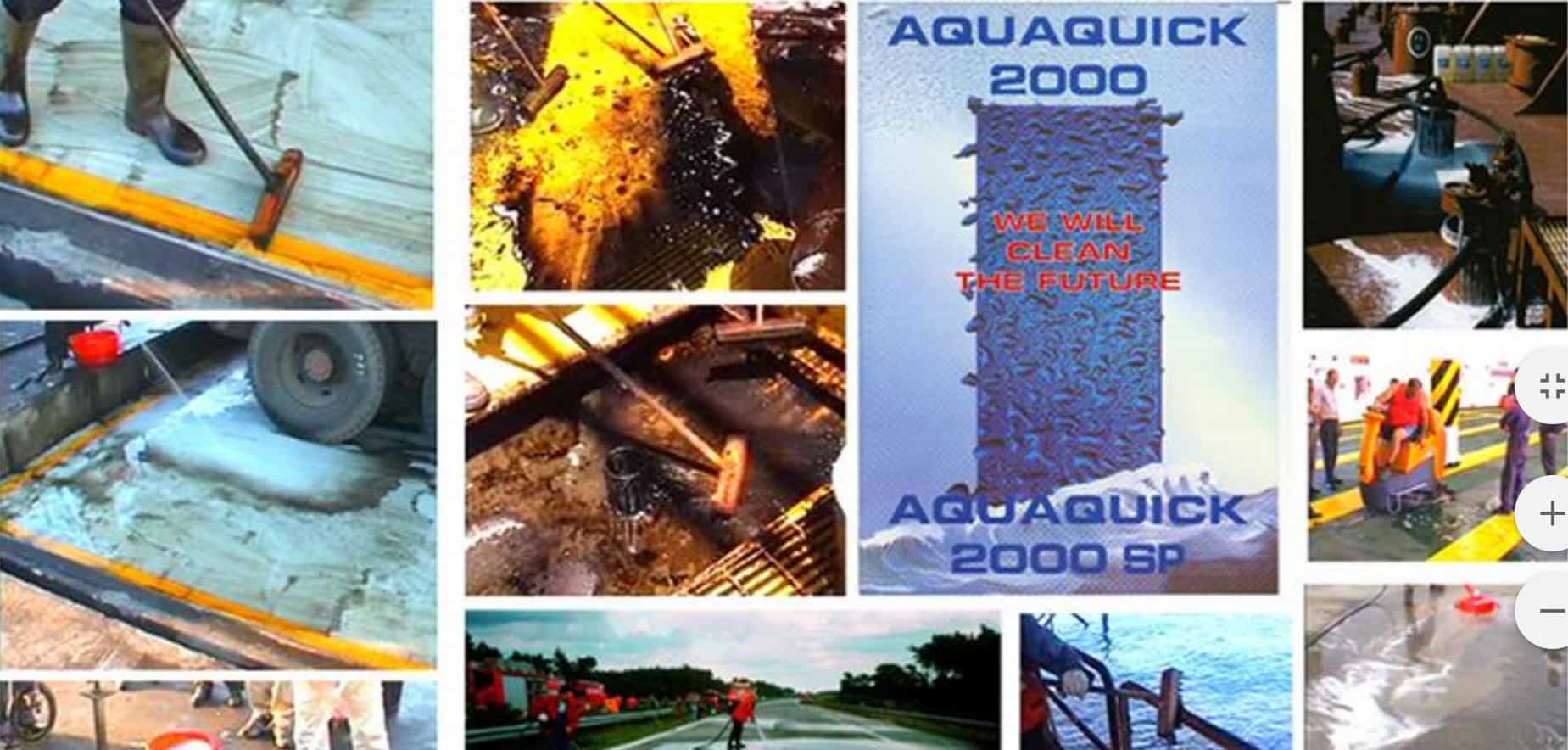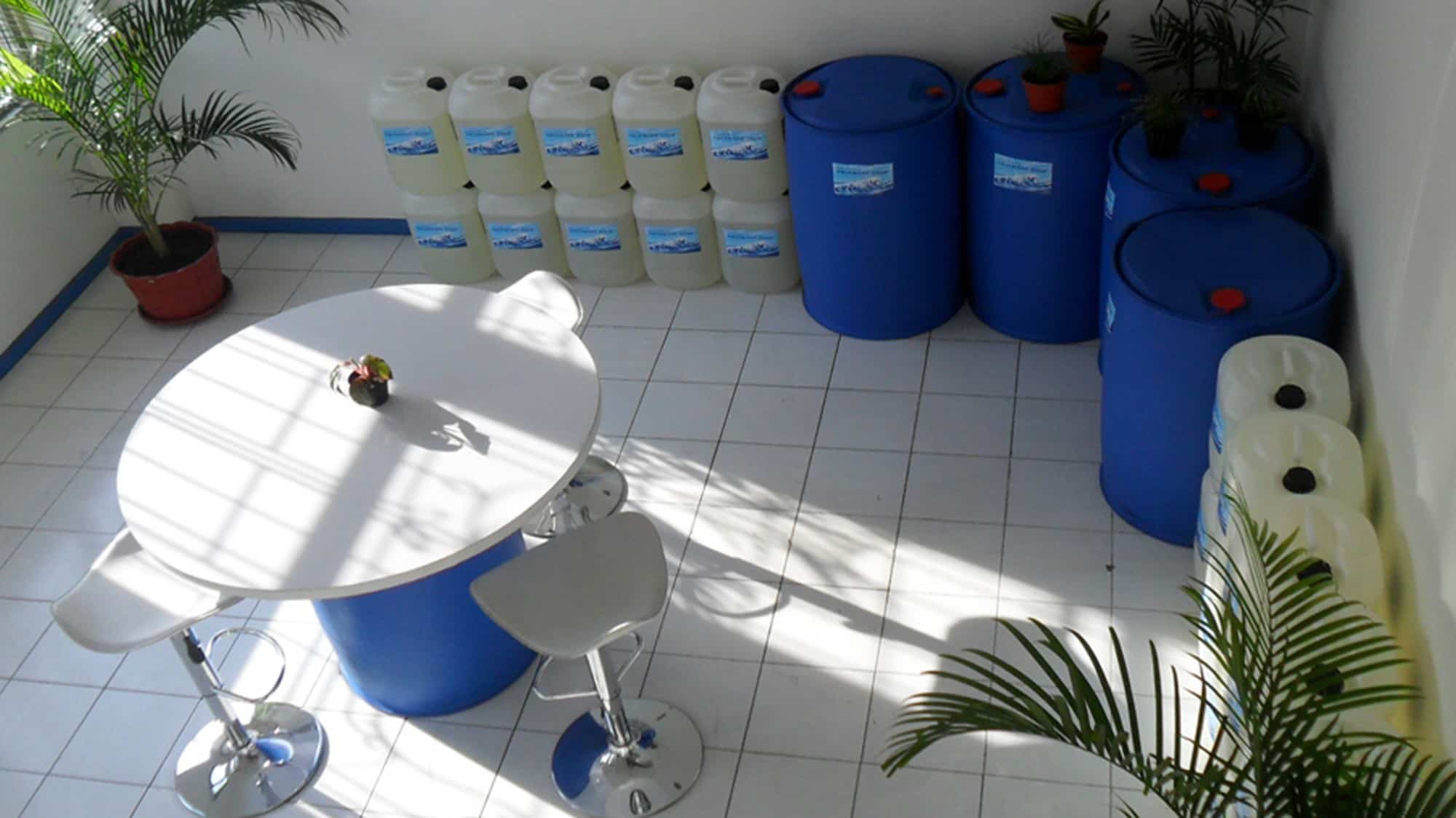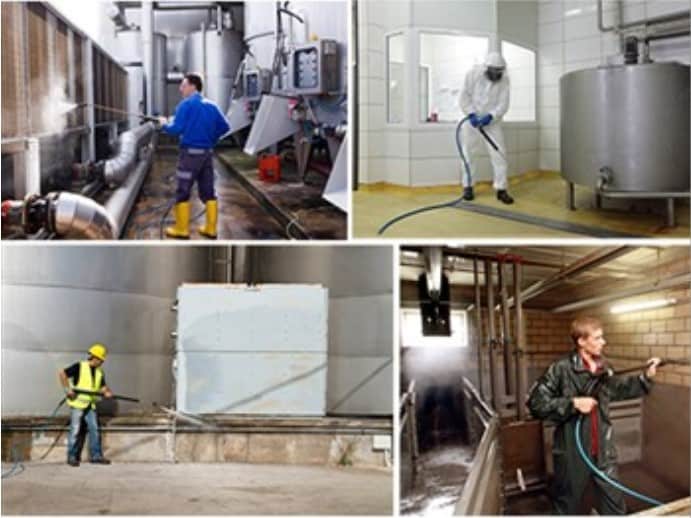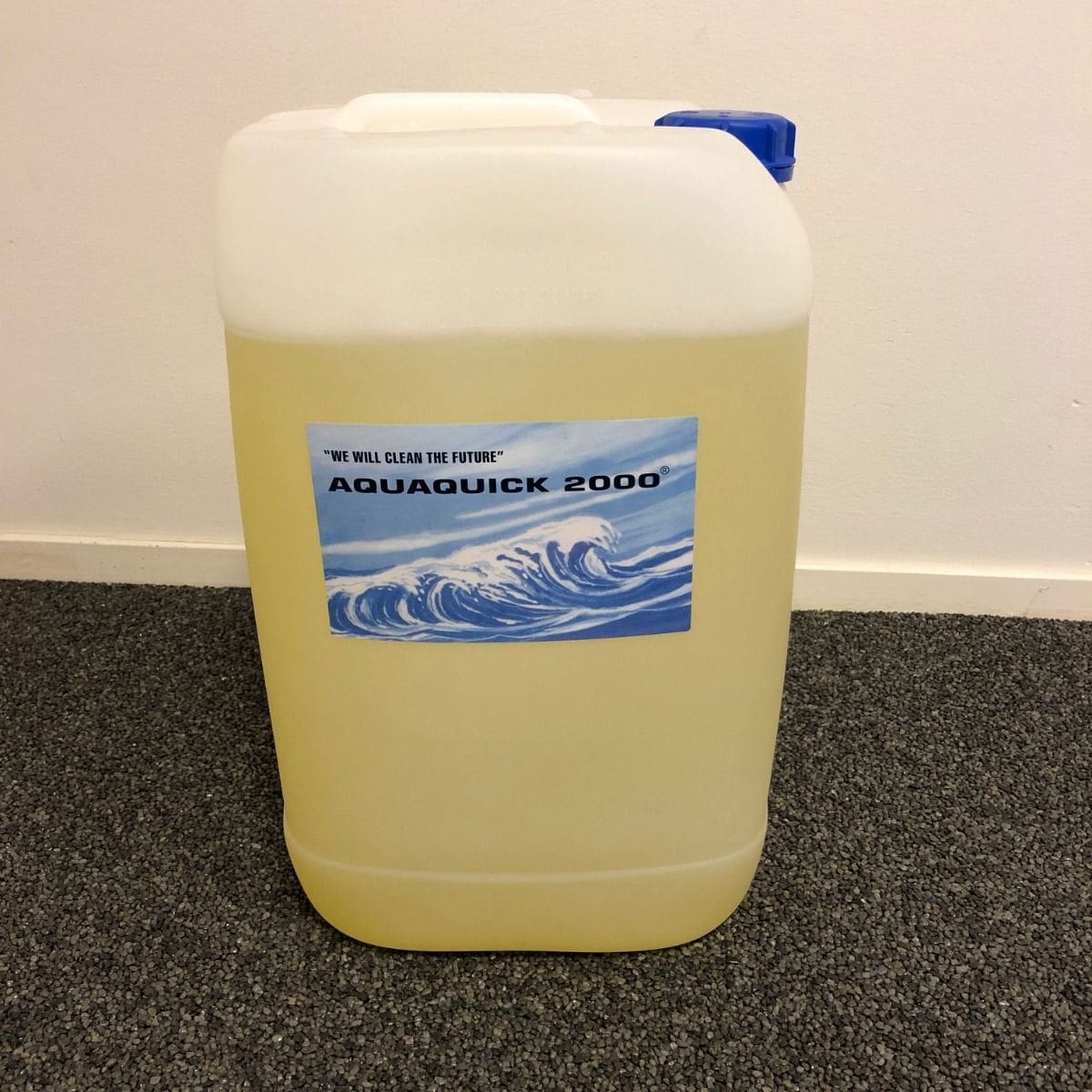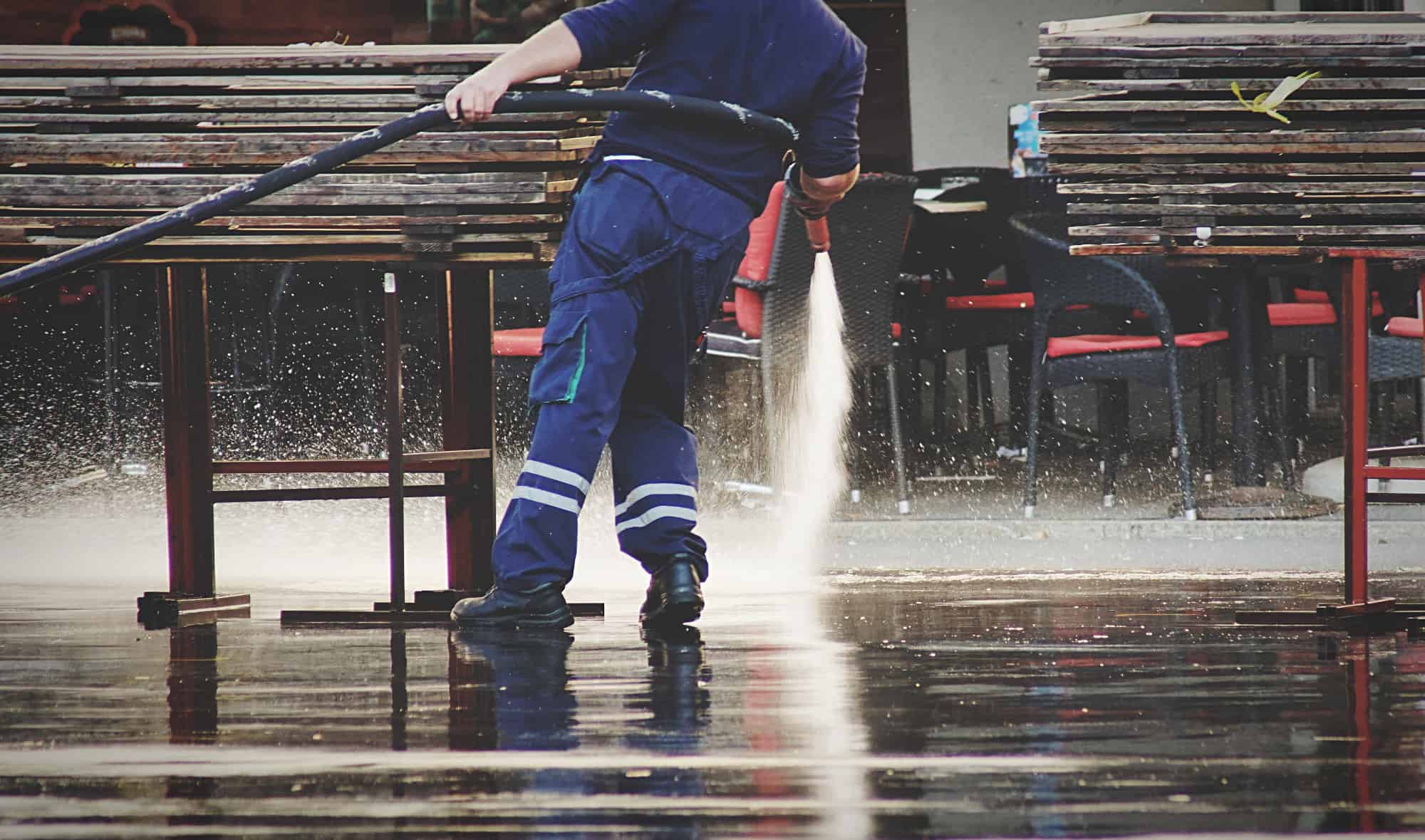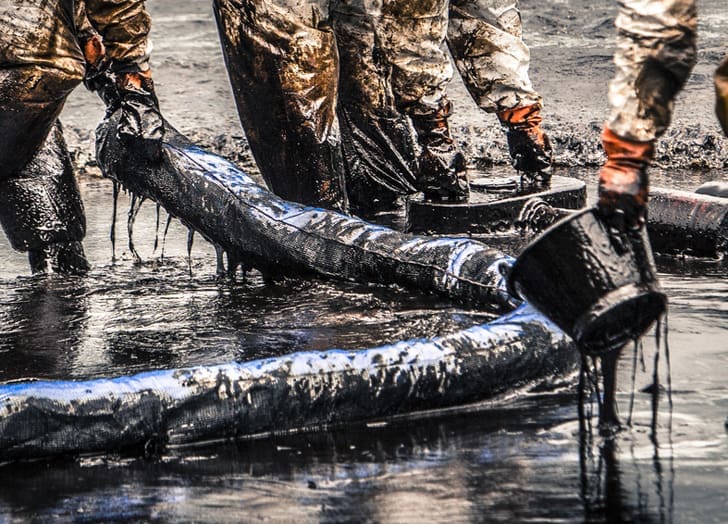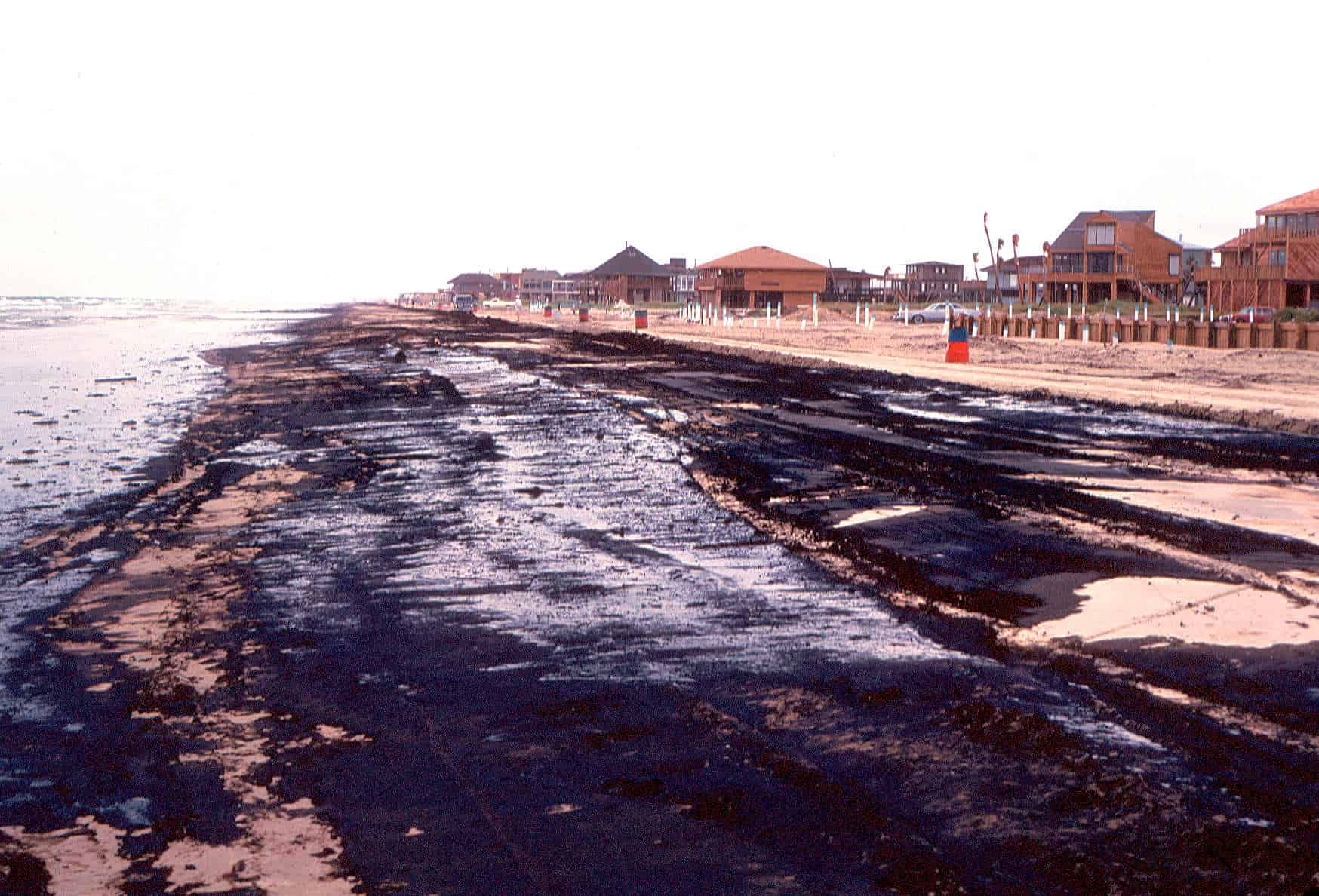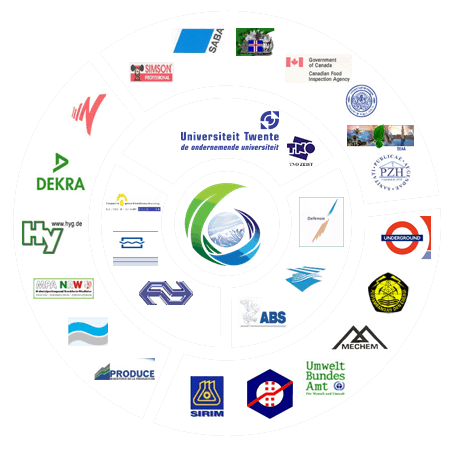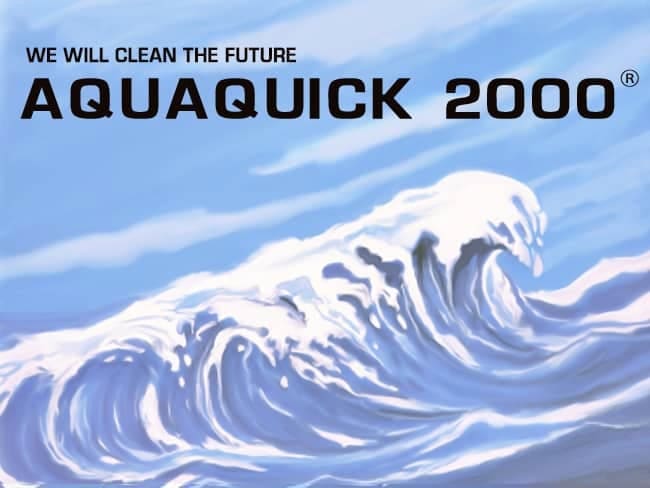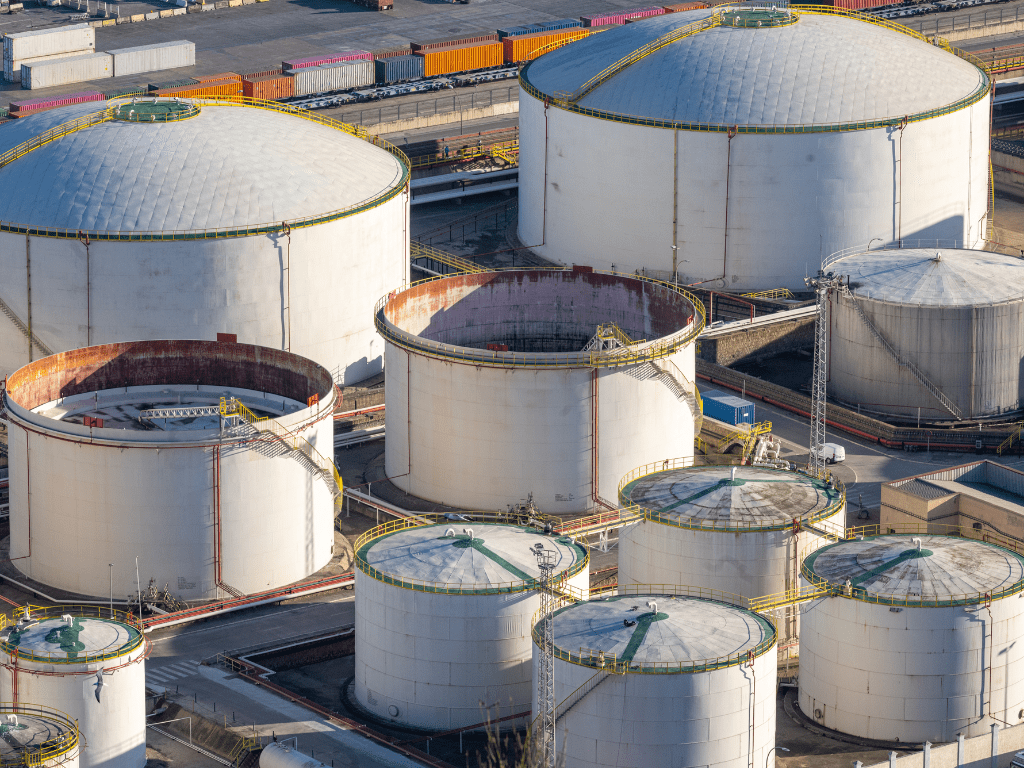I. Introduction to Oil Tank Maintenance
Oil tank cleaning is a crucial aspect of ensuring the safety, efficiency, and longevity of oil storage systems. Whether you rely on an oil tank for residential heating or industrial purposes, regular maintenance is essential to prevent potential hazards and costly repairs. Here’s why oil tank maintenance should be a top priority:
Preservation of Equipment:
Proper maintenance helps extend the lifespan of your oil tank and associated equipment, such as pumps, valves, and pipes. By conducting regular inspections and addressing issues promptly, you can prevent premature wear and tear, corrosion, and structural damage.
Safety Concerns:
Neglecting oil tank maintenance can pose significant safety risks to both property and individuals. Leaks, spills, and malfunctioning equipment can lead to fires, explosions, and environmental contamination. Regular maintenance helps identify and mitigate potential hazards before they escalate into emergencies.
Compliance with Regulations:
Many jurisdictions have regulations in place governing the installation, operation, and maintenance of oil tanks. Failure to comply with these regulations can result in fines, penalties, and legal liabilities. By staying proactive with maintenance, you ensure that your oil tank meets all necessary standards and requirements.
Cost Savings:
While regular maintenance incurs some upfront costs, it ultimately saves you money in the long run. Preventative maintenance helps identify minor issues early on, preventing them from escalating into major problems that require expensive repairs or replacements. Additionally, efficient operation and reduced risk of emergencies translate to lower operational costs and insurance premiums.
II. Understanding Oil Tank Cleaning
Oil tank cleaning is a vital component of routine maintenance, aimed at removing accumulated sludge, sediment, and contaminants from the tank’s interior. Here’s why it’s essential:
Definition and Importance:
Oil tank cleaning involves the removal of residual oil, dirt, water, and other debris from the tank’s surface and bottom. Over time, these contaminants can accumulate, leading to reduced storage capacity, corrosion, and microbial growth. Regular cleaning ensures optimal tank performance and prevents potential issues.
Common Reasons for Cleaning:
Oil tanks require cleaning for various reasons, including sediment buildup, microbial growth, and water accumulation. Sediment can settle at the bottom of the tank, causing corrosion and clogging fuel lines. Water accumulation promotes microbial growth and accelerates corrosion. Regular cleaning addresses these issues, ensuring fuel quality and system integrity.
Environmental Impact:
Neglected oil tanks pose significant environmental risks, particularly concerning oil spills. Leaks or ruptures can result in the release of oil into the surrounding environment, contaminating soil, groundwater, and surface water bodies. Oil spills have detrimental effects on ecosystems, wildlife, and human health. Proper tank cleaning and maintenance help mitigate these risks, protecting the environment and complying with regulatory standards.

III. Oil Spill Risks and Prevention
Oil spills represent one of the most significant risks associated with oil tank operation and maintenance. Understanding these risks and implementing preventive measures are critical for safeguarding the environment and minimizing potential damage. Here’s why oil spill prevention is paramount:
- Potential Consequences: Oil spills can have devastating consequences on ecosystems, water quality, and public health. They can contaminate soil, water bodies, and air, posing risks to aquatic life, wildlife, and humans. Cleanup efforts are often lengthy, expensive, and challenging, with long-lasting environmental impacts.
- Preventive Strategies: Preventing oil spills requires a multi-faceted approach that includes regular maintenance, monitoring, and adherence to best practices. Conducting routine inspections, installing secondary containment systems, and implementing spill response plans are essential preventive measures. Additionally, training personnel on spill prevention and response protocols enhances preparedness and minimizes the likelihood of accidents.
- Importance of Effective Cleaning Agents: In the event of an oil spill, using effective cleaning agents is crucial for containment and cleanup efforts. Products like AQUAQUICK 2000 offer superior performance in removing oils, fats, and contaminants from various surfaces, including water bodies and soil. Their biodegradable and environmentally friendly formulations ensure minimal ecological impact while effectively mitigating spill consequences.
By understanding the risks associated with oil spills and implementing proactive measures, individuals and businesses can minimize environmental harm and protect valuable resources for future generations.
IV. Steps to Clean Up Oil Spills
Oil spills can have severe environmental and economic consequences if not cleaned up promptly and effectively. Here’s a detailed guide on how to clean up oil spills safely and efficiently:
Step 1: Assess the Situation:
Before beginning cleanup efforts, assess the extent of the spill and potential environmental impact. Identify any sensitive areas, such as water bodies or wildlife habitats, that may require special attention.
Step 2: Containment:
Quickly contain the spill to prevent further spread and minimize environmental damage. Use barriers, booms, or absorbent materials to contain the oil and prevent it from spreading to nearby water bodies or sensitive areas.
Step 3: Remove Floating Oil:
Skim the surface of the water using oil-absorbent materials, such as pads or booms, to remove floating oil. Transfer the collected oil to appropriate containers for disposal or recycling.
Step 4: Absorbent Materials:
Use absorbent materials, such as granular absorbents or absorbent pads, to soak up oil that has penetrated into soil or other surfaces. Apply the absorbent material generously and allow it to absorb the oil before collecting it for disposal.
Step 5: Bioremediation:
Consider using bioremediation techniques to break down and remove oil contaminants from soil or water. Bioremediation involves the use of naturally occurring microorganisms to metabolize and degrade oil pollutants, speeding up the cleanup process.
Step 6: Oil Spill Dispersants:
In cases where containment and removal are not feasible, oil spill dispersants may be used to break up the oil into smaller droplets, facilitating natural dispersion and degradation. However, caution must be exercised to minimize potential harm to aquatic life and ecosystems.
Step 7: Cleaning Solutions:
Utilize effective cleaning solutions, such as AQUAQUICK 2000, to aid in the cleanup process. AQUAQUICK 2000 is a trusted cleaning agent with proven efficacy in removing oils, fats, and contaminants from various surfaces, including water bodies and soil.
Step 8: Monitoring and Follow-Up:
Monitor the cleanup progress closely and conduct follow-up inspections to ensure that all traces of oil have been effectively removed. Address any lingering contamination promptly to prevent long-term environmental impacts.
It’s essential to follow all applicable regulations and guidelines during the cleanup process to minimize environmental harm and ensure compliance with legal requirements.

V. Grease Trap Maintenance
Grease traps play a crucial role in oil tank systems by capturing grease, fats, and oils before they enter the wastewater disposal system. Proper maintenance of grease traps is essential to prevent clogs, backups, and environmental pollution. Here’s what you need to know:
Definition and Importance:
Grease traps, also known as grease interceptors or grease separators, are plumbing devices designed to intercept and trap grease and solids from kitchen wastewater before it enters the sewer system. They prevent grease buildup in pipes and reduce the risk of blockages and sewer overflows.
Regular Cleaning:
Grease traps should be cleaned regularly to remove accumulated grease and solids. Failure to clean grease traps can lead to odors, backups, and environmental pollution. Regular cleaning helps maintain proper drainage and prevents costly repairs.
AQUAQUICK 2000 as a Cleaning Agent:
AQUAQUICK 2000 is a suitable cleaning agent for grease traps, offering superior performance in removing grease, fats, and oils. Its biodegradable formulation ensures minimal environmental impact, making it an ideal choice for maintaining grease traps in commercial kitchens and industrial facilities.
Maintenance Schedule:
Establish a regular maintenance schedule for cleaning grease traps based on usage and capacity. Grease traps in high-traffic areas may require more frequent cleaning than those in low-usage environments. Follow manufacturer recommendations and local regulations when scheduling maintenance tasks.
By maintaining grease traps properly and using effective cleaning agents like AQUAQUICK 2000, you can ensure efficient operation, prevent plumbing issues, and protect the environment from grease pollution.
VI. DIY Oil Tank Maintenance Tips
Regular maintenance is key to ensuring the proper functioning and longevity of your oil tank system. Here are some practical tips for homeowners to maintain their oil tanks:
- Inspect for Leaks: Regularly inspect your oil tank for signs of leaks, corrosion, or damage. Check for oil stains, wet spots, or rust on the tank’s surface, pipes, and fittings. Address any leaks or corrosion promptly to prevent spills and contamination.
- Check for Corrosion: Corrosion is a common issue with oil tanks, especially in older systems. Inspect the tank’s exterior and interior surfaces for signs of rust or corrosion. Consider applying rust inhibitors or protective coatings to prevent corrosion and prolong the tank’s lifespan.
- Monitor Oil Levels: Keep an eye on your oil tank’s oil levels regularly. Ensure that the tank is adequately filled to avoid running out of fuel during colder months. Low oil levels can also indicate leaks or other issues that require attention.
- Clean the Tank: Periodically clean the interior of your oil tank to remove sediment, sludge, and contaminants. Use appropriate cleaning solutions, such as AQUAQUICK 2000, to dissolve and remove stubborn deposits effectively. Follow manufacturer recommendations and safety precautions when cleaning the tank.
- Inspect Fuel Lines and Connections: Check fuel lines, valves, and connections for signs of wear, damage, or leaks. Tighten loose fittings and replace damaged components as needed to prevent fuel leaks and ensure safe operation.
- Schedule Professional Inspections: Consider scheduling annual inspections by a qualified technician to assess your oil tank system’s overall condition and performance. Professional inspections can identify potential issues early on and prevent costly repairs or replacements.
Use AQUAQUICK 2000 for Cleaning:
AQUAQUICK 2000 is a cost-effective and efficient cleaning solution for DIY oil tank maintenance tasks. Its superior cleaning power and environmentally friendly formulation make it an ideal choice for removing oil, grease, and contaminants from oil tanks and associated equipment.
By following these DIY maintenance tips and using effective cleaning solutions like AQUAQUICK 2000, homeowners can ensure the proper functioning and longevity of their oil tank systems while minimizing environmental impact.
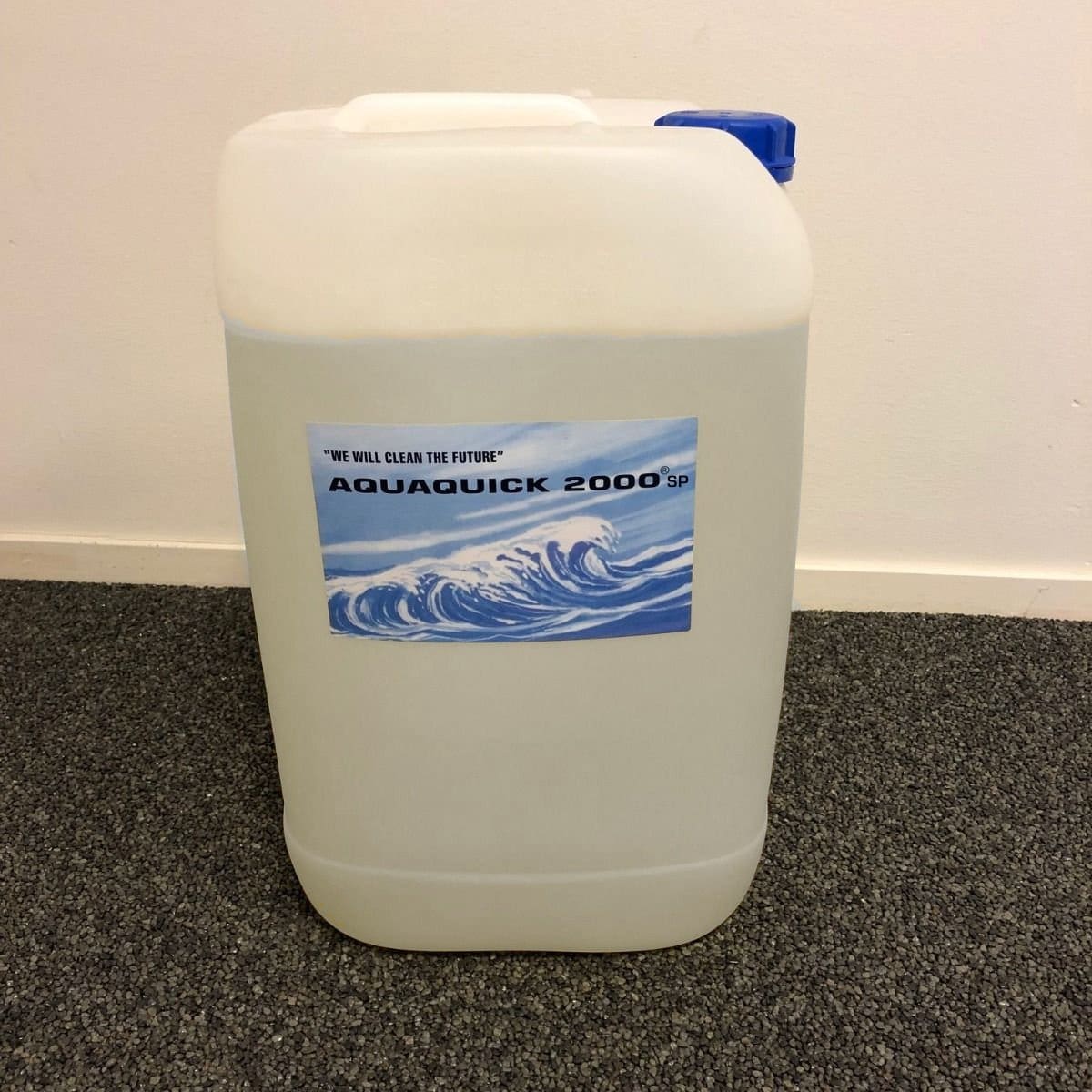
VII. Professional Oil Tank Cleaning Services
Hiring professional oil tank cleaning services offers numerous benefits, ensuring efficient and thorough maintenance of your oil tank system. Here’s why you should consider engaging professional cleaners:
- Expertise and Experience: Professional cleaning services have the expertise and experience to handle oil tank cleaning safely and effectively. Their technicians are trained in proper cleaning techniques, ensuring thorough removal of contaminants and sediment without causing damage to the tank or surrounding environment.
- Specialized Equipment: Professional cleaning companies utilize specialized equipment and tools designed specifically for oil tank cleaning. From high-powered vacuums to pressure washers and chemical treatments, they have the necessary resources to tackle even the toughest cleaning jobs efficiently.
- Comprehensive Services: Professional cleaning services offer comprehensive solutions tailored to your specific needs. Whether you require routine maintenance, emergency spill cleanup, or tank decommissioning, they can provide customized services to address your requirements effectively.
- Regulatory Compliance: Professional cleaners are well-versed in relevant regulations and guidelines governing oil tank maintenance and cleanup. By hiring a reputable cleaning company, you can ensure compliance with all applicable laws and regulations, minimizing legal liabilities and environmental risks.
- Time and Cost Savings: Outsourcing oil tank cleaning to professionals saves you time, effort, and resources compared to DIY cleaning. Professional cleaners work efficiently, completing the job in a fraction of the time it would take for an inexperienced individual. Additionally, their expertise reduces the risk of costly mistakes and ensures optimal results.
- Guidance on Selecting a Reputable Cleaning Company: When choosing a professional cleaning company, consider factors such as their experience, reputation, certifications, and adherence to safety standards. Request references, reviews, and testimonials from previous clients to gauge the company’s reliability and quality of service.
Effectiveness of AQUAQUICK 2000:
Many professional cleaning companies rely on AQUAQUICK 2000 for oil tank cleaning and spill cleanup. This trusted cleaning agent offers superior performance in removing oils, fats, and contaminants from various surfaces, including oil tanks, equipment, and surrounding areas. Its biodegradable formulation ensures minimal environmental impact, making it an ideal choice for professional cleaning applications.
VIII. Environmental Impact and Regulations
Oil tank neglect and spills can have significant environmental consequences, highlighting the importance of responsible maintenance and cleanup practices. Here’s why environmental impact and regulatory compliance are critical considerations:
- Environmental Impact: Neglected oil tanks pose environmental risks, including soil and groundwater contamination, habitat destruction, and harm to wildlife. Oil spills can have long-lasting ecological impacts, affecting ecosystems and natural resources for years to come.
- Regulatory Compliance: Various regulations and guidelines govern the installation, operation, and maintenance of oil tanks to mitigate environmental risks. It’s essential to comply with these regulations to prevent fines, penalties, and legal liabilities. Regular maintenance, proper cleanup procedures, and the use of eco-friendly cleaning solutions like AQUAQUICK 2000 are crucial for regulatory compliance.
- Eco-Friendly Cleaning Solutions: Using environmentally friendly cleaning solutions like AQUAQUICK 2000 is key to minimizing the environmental impact of oil tank maintenance and cleanup activities. AQUAQUICK 2000 is biodegradable and non-toxic, making it safe for use in sensitive environments. Its efficacy in removing oil, grease, and contaminants ensures thorough cleaning while minimizing harm to the environment.
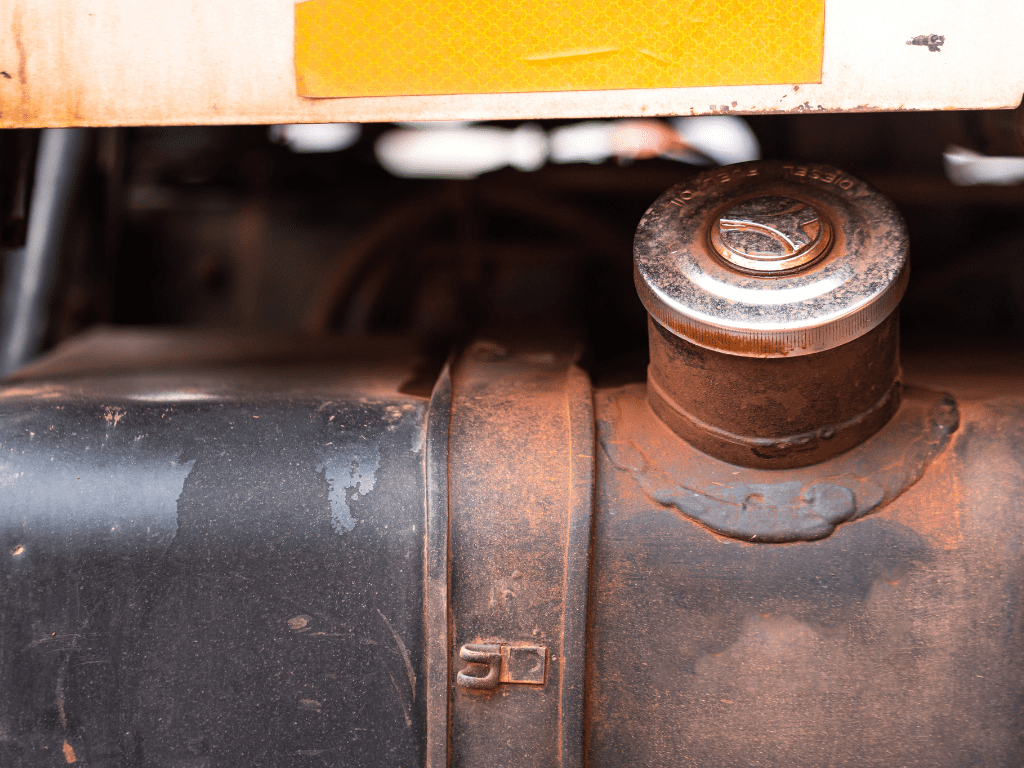
Conclusion
Proactive oil tank maintenance is essential for ensuring safety, environmental protection, and regulatory compliance. By taking proactive measures and using effective cleaning solutions like AQUAQUICK 2000, you can minimize the risk of spills, reduce environmental impact, and prolong the lifespan of your oil tank system.
In conclusion, I encourage readers to prioritize oil tank maintenance and consider utilizing AQUAQUICK 2000 for effective and environmentally safe cleaning solutions. Whether you’re a homeowner, business owner, or facility manager, investing in regular maintenance and using eco-friendly cleaning products is essential for protecting your property, the environment, and public health.

